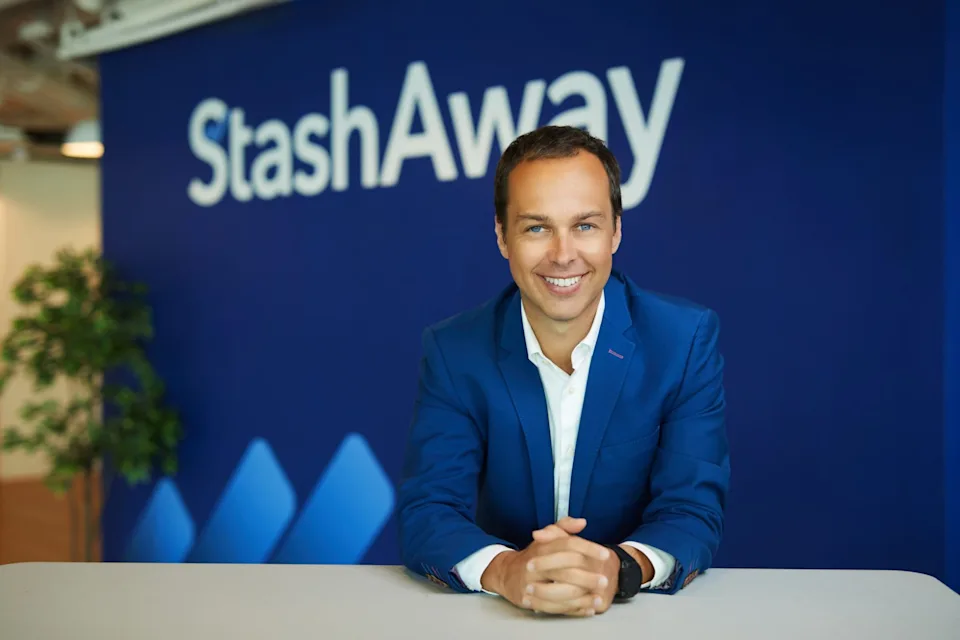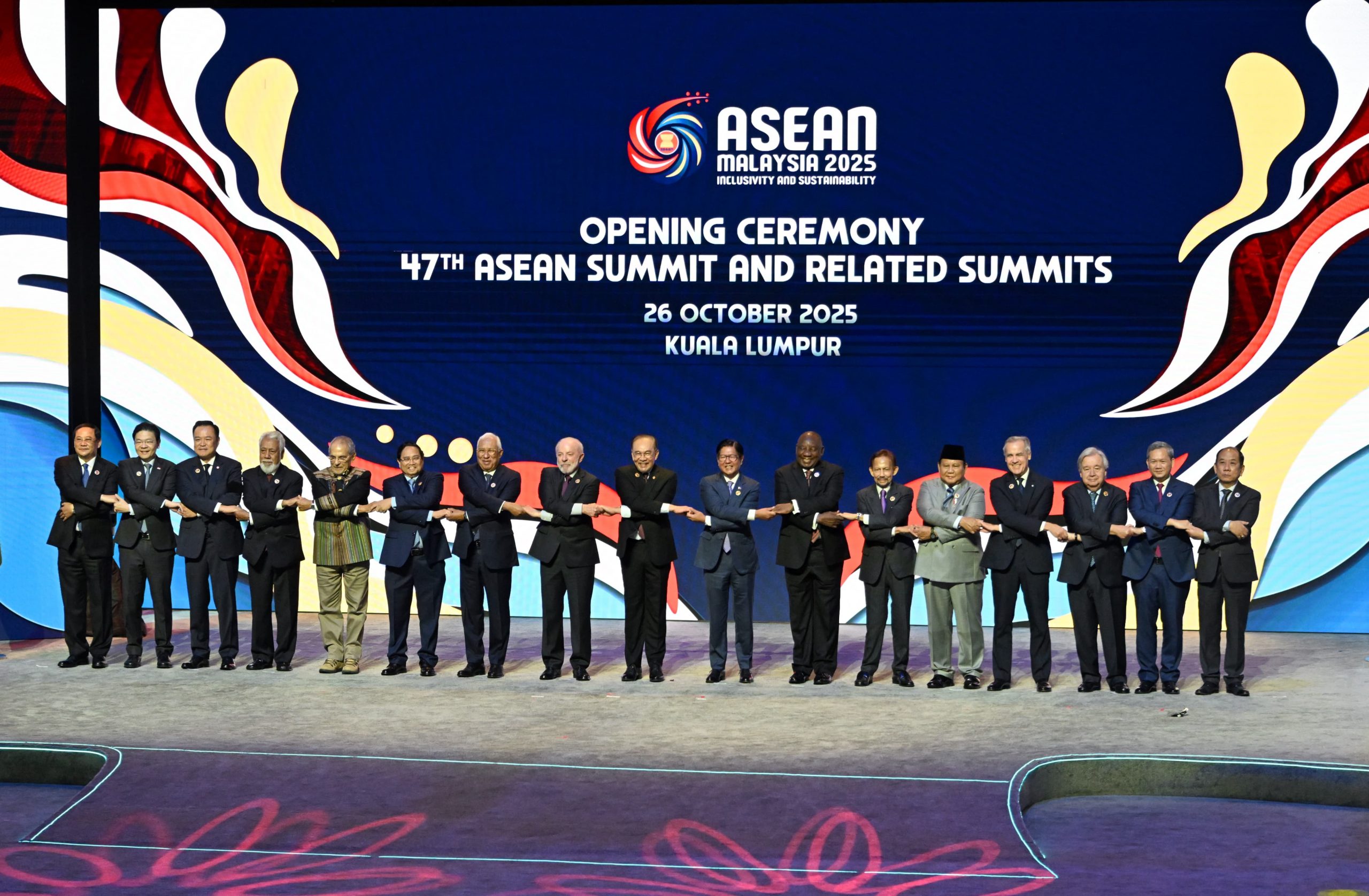Ramadan looks different in Southeast Asia and the Gulf. From luxury gifting in Dubai to community bazaars in Kuala Lumpur, learn how MENA brands can localise campaigns and connect with Southeast Asian audiences.

If you’ve experienced Ramadan in both the Gulf and Southeast Asia, you’ll feel it immediately — the same spiritual anchor, but a completely different heartbeat. In the Gulf, Ramadan dazzles with grandeur. In Southeast Asia, it moves to the intimate rhythm of community bazaars, family-run stalls, and local creators carving out space in a crowded digital ecosystem.
For MENA brands looking to expand into Southeast Asia, recognising this difference isn’t optional — it’s essential. Marketing that blindly exports Gulf aesthetics risks missing the mark. Get it right, and your brand doesn’t just enter a new market — it becomes part of the cultural fabric.
Here’s how Ramadan beats differently across the regions, and what it means for your brand.
Step into Ramadan in cities like Dubai, Riyadh, or Doha, and you’ll see: everything is turned up to 11. Skyscrapers are dressed in ornate light displays. Hotel ballrooms compete to host the most lavish iftar spreads. Ramadan here is as much about kinship as it is about ceremony.
Hospitality spending skyrockets, with hotels and restaurants rolling out luxury experiences that double as social status markers, according to Khaleej Times. And it doesn’t stop there. As Gulf Business notes, luxury brands take this moment to unveil limited-edition collections — think gold-infused desserts, premium dates in artisanal packaging, and perfumes created exclusively for Ramadan.
Corporate gifting is practically an art form. Brands prepare months in advance, with gifting catalogues and high-end options targeting early planners and corporate clients eager to show generosity in style.
Naturally, advertising here follows suit: campaigns are polished, aspirational, and proud. The tone is celebratory, almost cinematic — fitting for an audience that views luxury not as indulgence, but as a form of hospitality and honour during Ramadan.
Now, shift your lens to Southeast Asia, and Ramadan takes on a warmer, more grounded tone.
In Malaysia and Indonesia, it’s the Ramadan bazaars that steal the spotlight. These open-air markets pop up in almost every neighbourhood, filled with stalls selling takjil (sweet snacks to break fast), traditional cakes, and home-cooked favourites. As The Straits Times captures, these bazaars aren’t just commercial spaces — they’re community rituals.
Digital platforms light up too. Ramadan sees a sharp rise in e-commerce activity, with platforms like Shopee and GrabPay enjoying surges in festive shopping, as reported by Tech Wire Asia.
But where Gulf campaigns lean into opulence, Southeast Asian audiences respond better to campaigns that feel close to home. Community values, family ties, and everyday gratitude are the narratives that land. According to Google’s Ramadan Insights, SEA consumers increasingly prefer brands that come across as humble and relevant — especially in the final stretch of Ramadan, when preparations for Hari Raya Aidilfitri hit full swing.
In short: glitzy campaigns feel out of place here. Authentic, relatable stories win the day.
One campaign that nailed this balance is Primavalet’s 2024 Ramadan play in Malaysia.
The local fashion brand made headlines by roping in politician Syed Saddiq and pop star Bella Astillah as campaign faces. This wasn’t just influencer marketing for the sake of it. Saddiq, Malaysia’s charismatic MP for Muar, took up a modelling contract reportedly worth RM1 million — but channelled the entire sum into his constituency, a move that LinkedIn commentators praised for its community-first message.
Bella, beloved for her down-to-earth public persona, brought star power and relatability. Their on-screen chemistry unfolded across social media dance challenges and casual behind-the-scenes content that felt refreshingly unscripted. The buzz snowballed, picked up by Koreaboo and Yahoo! Style Singapore. Even Prime Minister Anwar Ibrahim jokingly referenced the campaign in public, adding to its virality.
But Primavalet didn’t stop at engagement metrics. Saddiq and Bella were seen on the ground distributing Ramadan aid to underprivileged families. Moments captured in YouTube footage added emotional weight to the campaign.
The result? A campaign that felt like more than advertising. It became part of Malaysia’s Ramadan conversation.
There’s also the matter of when you show up.
In the Gulf, Ramadan campaigns launch early, in sync with corporate gifting schedules and luxury product drops. Southeast Asia ticks to a different clock. According to Google’s insights, spending in SEA peaks closer to Hari Raya, during the last 10 days of Ramadan when salary disbursements arrive.
For brands, timing campaigns to this rhythm isn’t just smart. It’s survival.
Both regions see a digital surge during Ramadan, but how people engage with content differs.
In the Gulf, post-iftar hours are prime time for streaming and passive consumption. In Southeast Asia, it’s more interactive. SEA consumers love gamified campaigns, hashtag challenges, and creator collaborations. As Facebook’s Ramadan Marketing Guide notes, audiences in the region value brands that uplift local creators and amplify community voices.
Primavalet’s campaign is a case in point. Rather than polished perfection, they leaned into casual, participatory content — and it paid off.
If you’re a MENA brand eyeing Southeast Asia, keep this simple:
Ramadan reflects the soul of the region it’s celebrated in. In the Gulf, it mirrors grandeur and generosity at scale. In Southeast Asia, it reflects community, shared meals, and the everyday dignity of togetherness.
Brands that understand this don’t just run campaigns. They build relationships that last well beyond Ramadan.
Because in Southeast Asia, it’s not about being the loudest voice in the room. It’s about being the one that listens.

StashAway’s entry into the UAE isn’t just a business expansion. It reflects a shift in how wealth is being understood in the region.

The 47th ASEAN Summit in Kuala Lumpur from 26–28 October 2025 marked a pivotal moment for Southeast Asia. With East Timor’s historic entry as ASEAN’s 11th member, an upgraded ASEAN-China Free Trade Agreement, and renewed engagement from major powers, the summit reflected both opportunity and strain. The question now is whether ASEAN’s long-standing unity can hold amid global polarisation and rising protectionism.

First Abu Dhabi Bank (FAB) is deepening its role as the financial bridge between the Gulf and Asia. At the second edition of the Middle East–Asia Summit in Singapore, FAB convened over 250 policymakers, investors, and business leaders to discuss how trade, innovation, and sustainability can shape a new era of cross-regional growth.